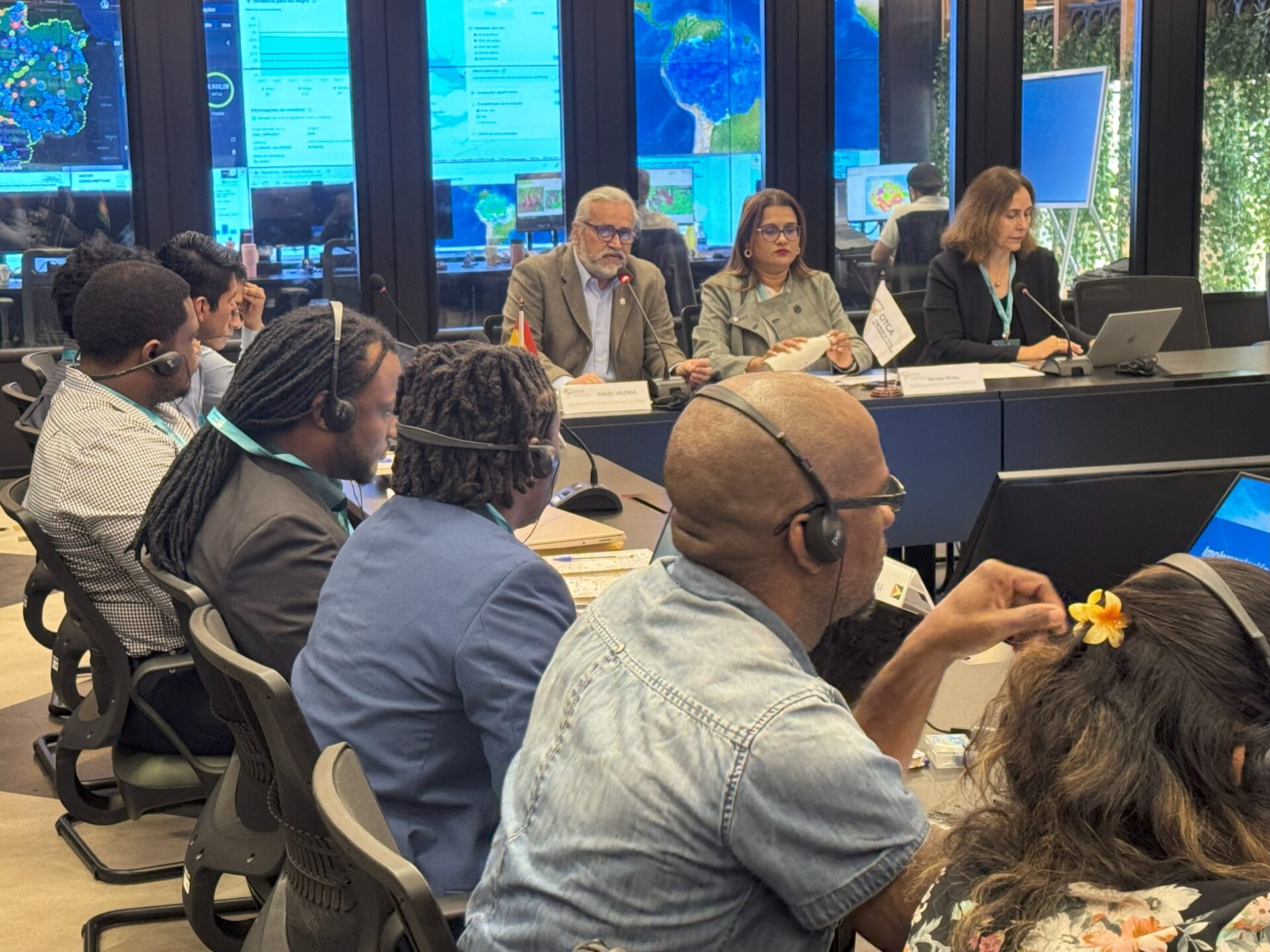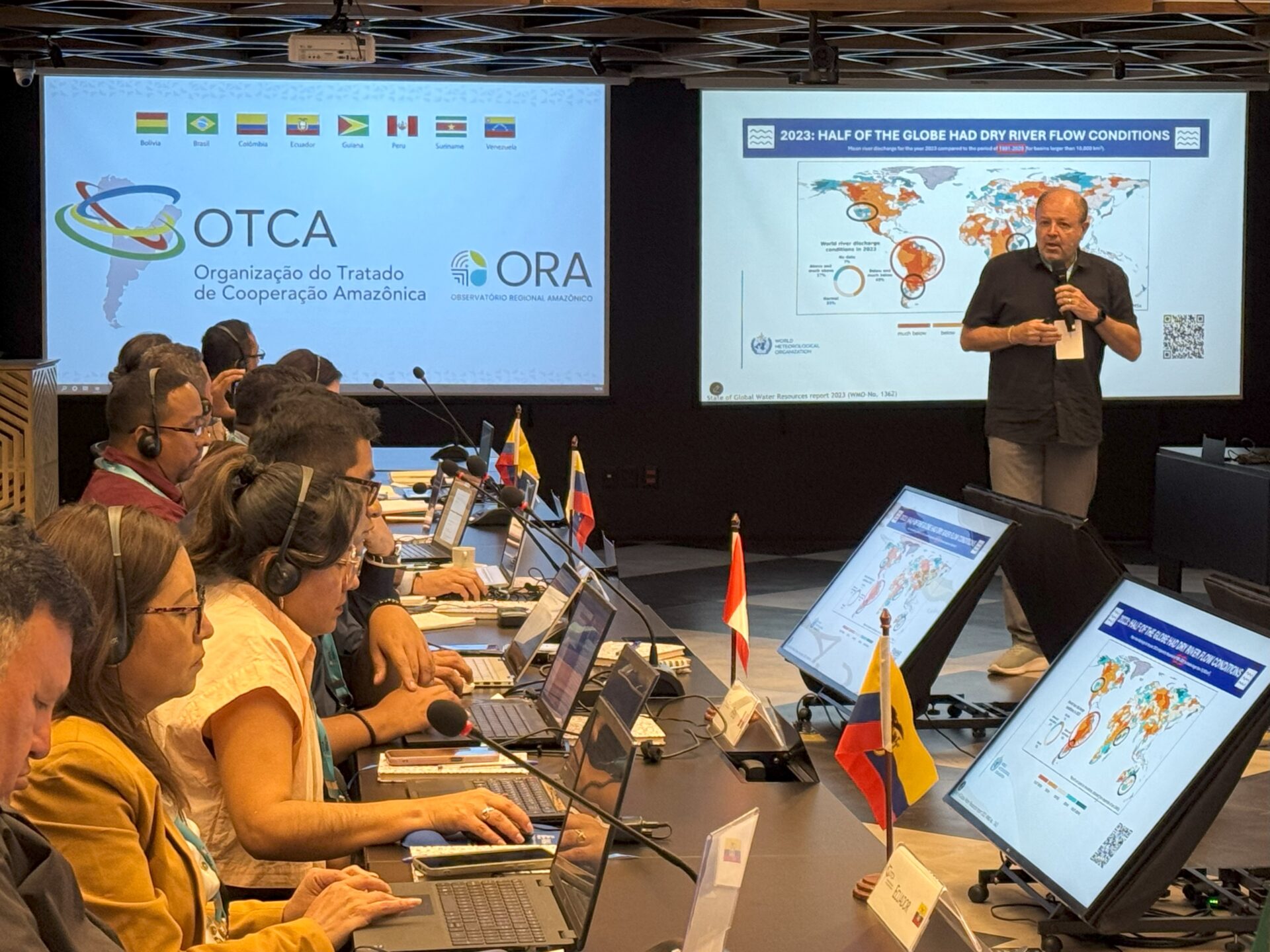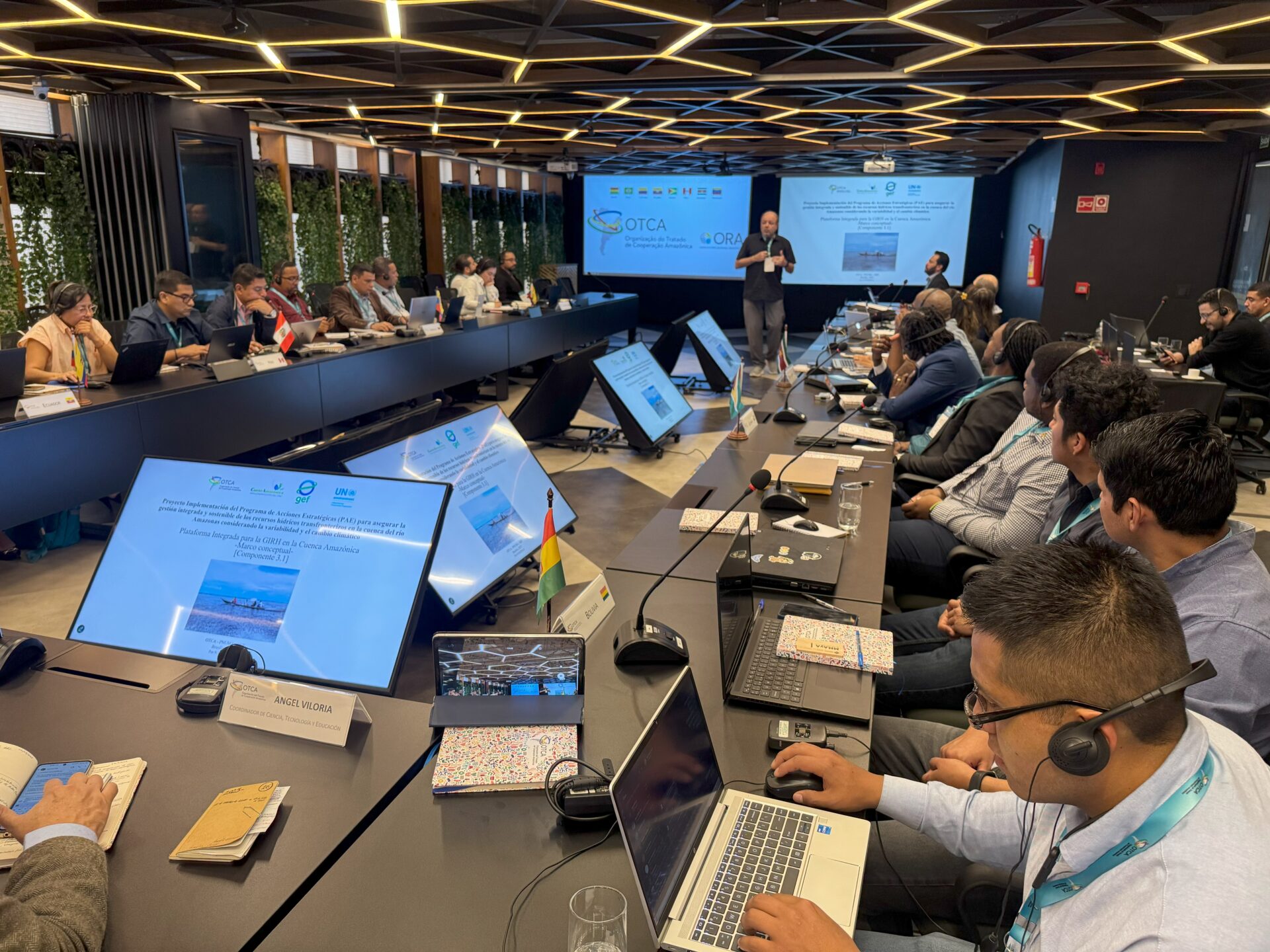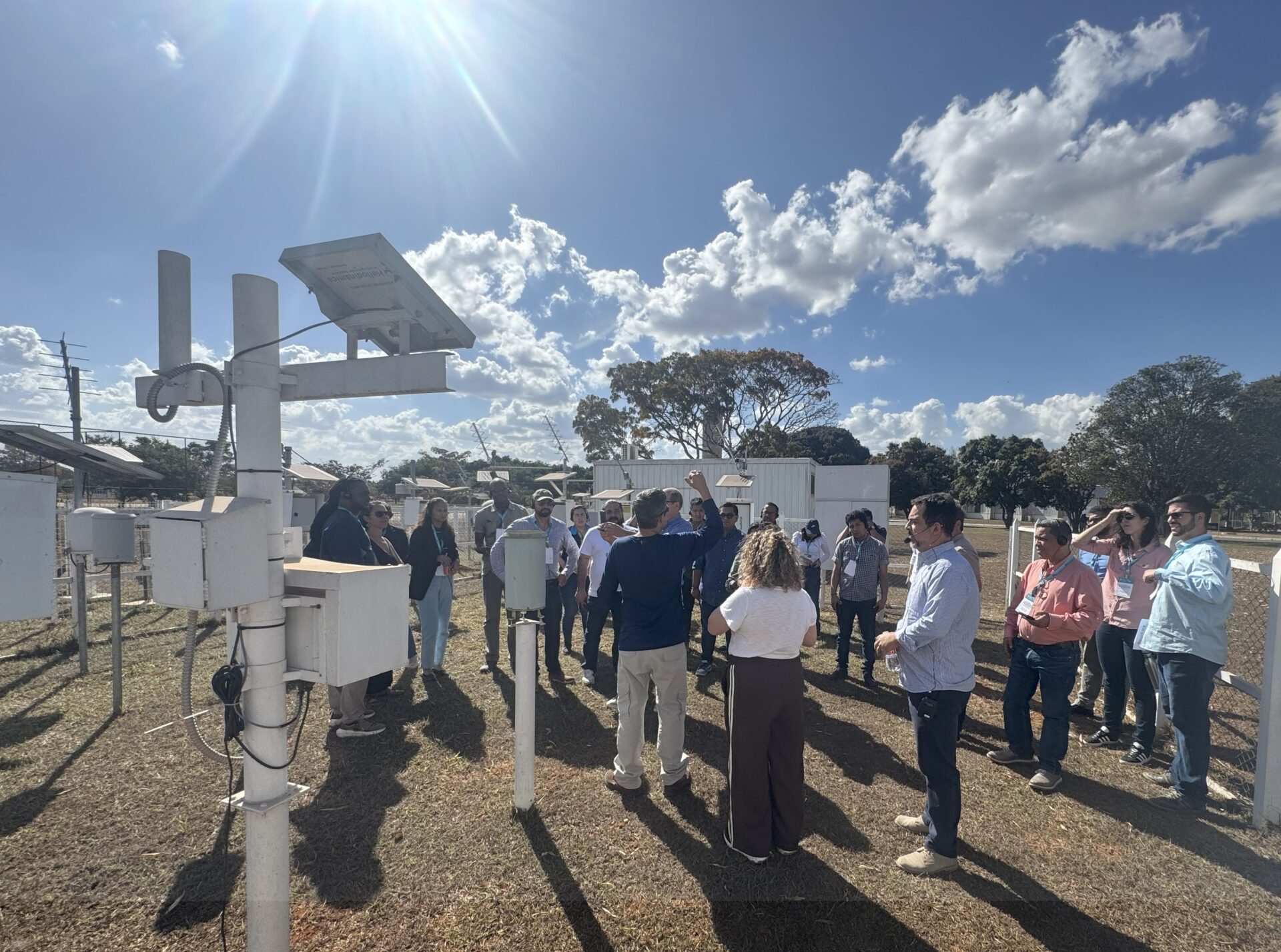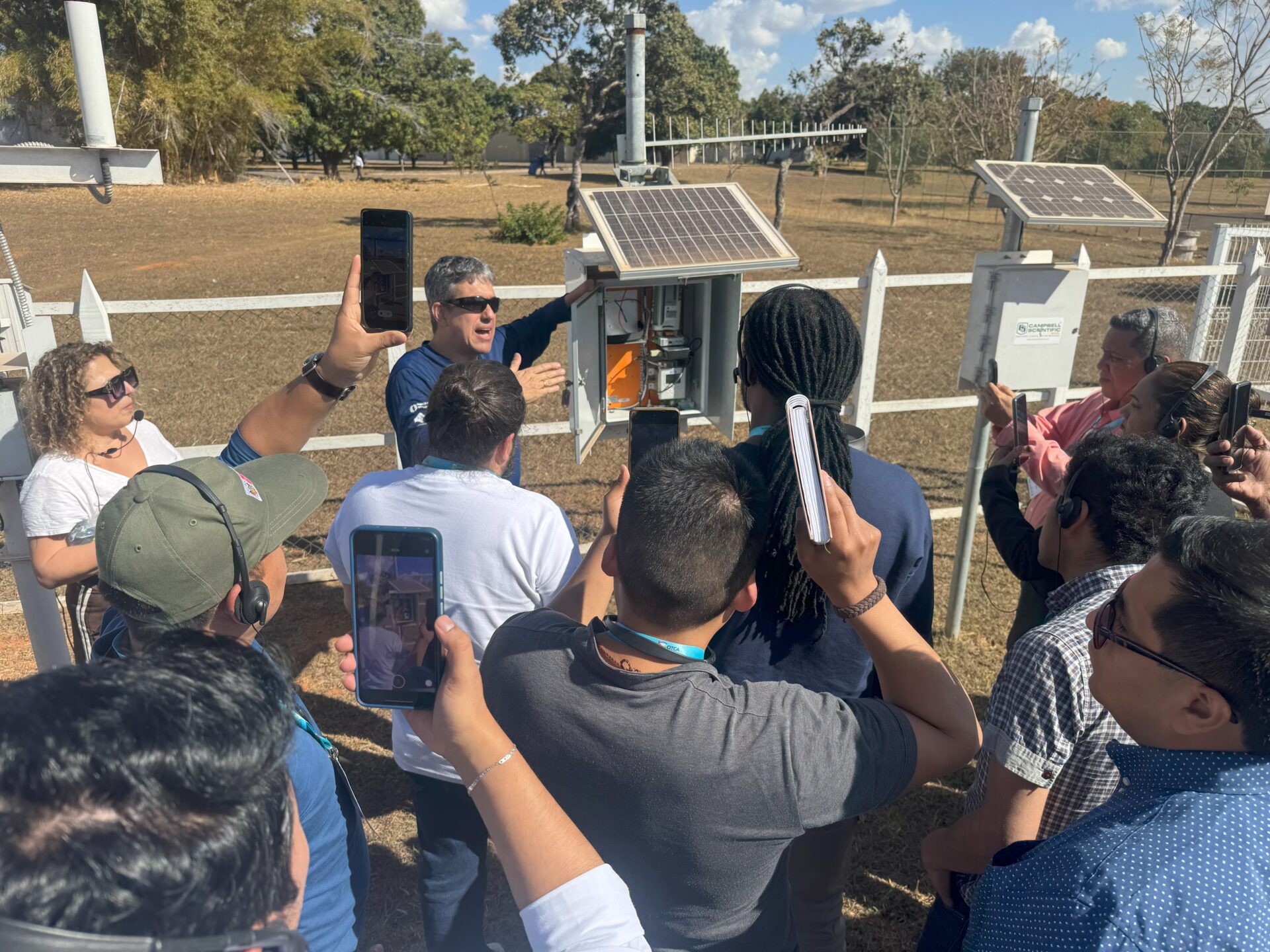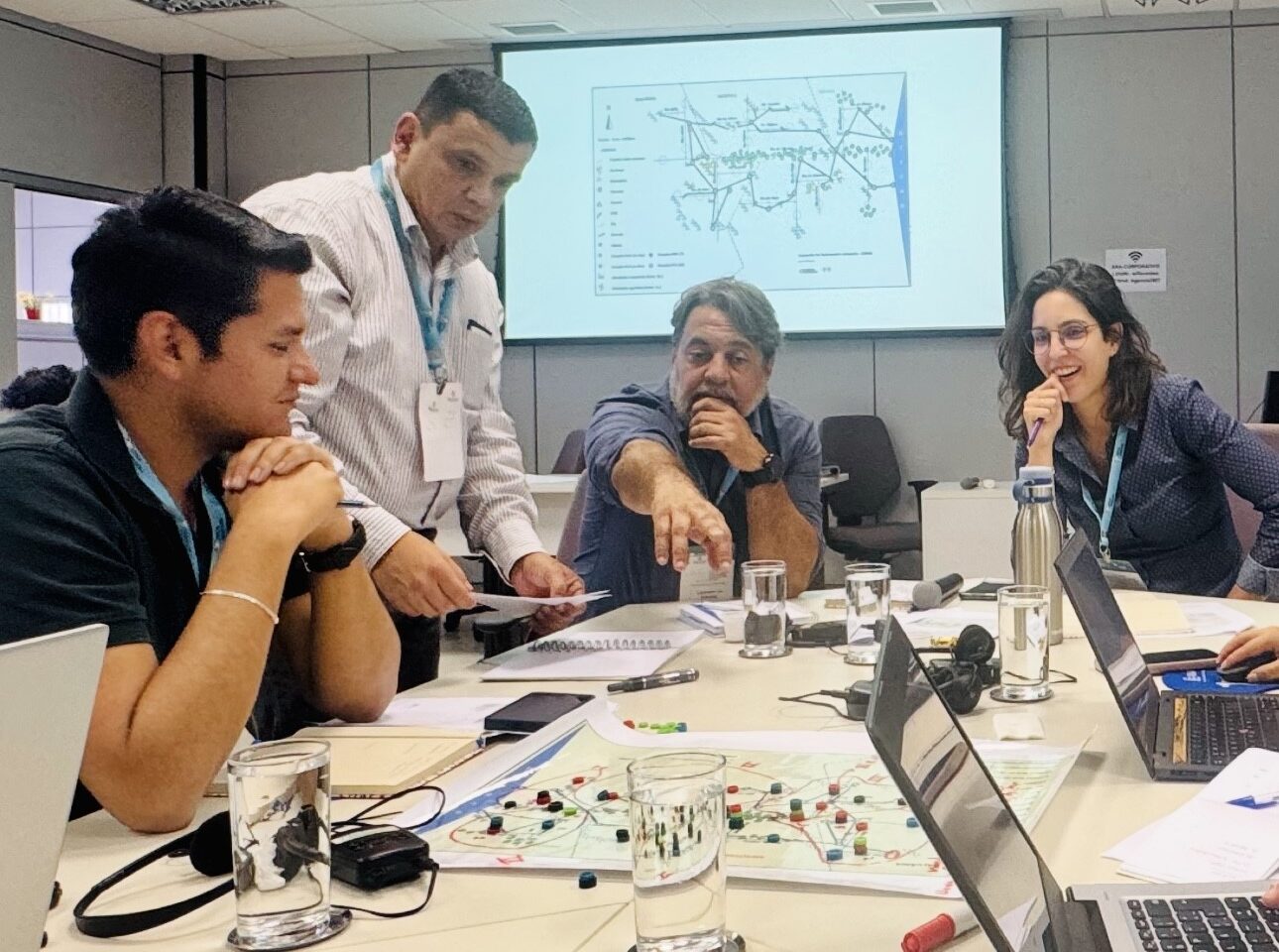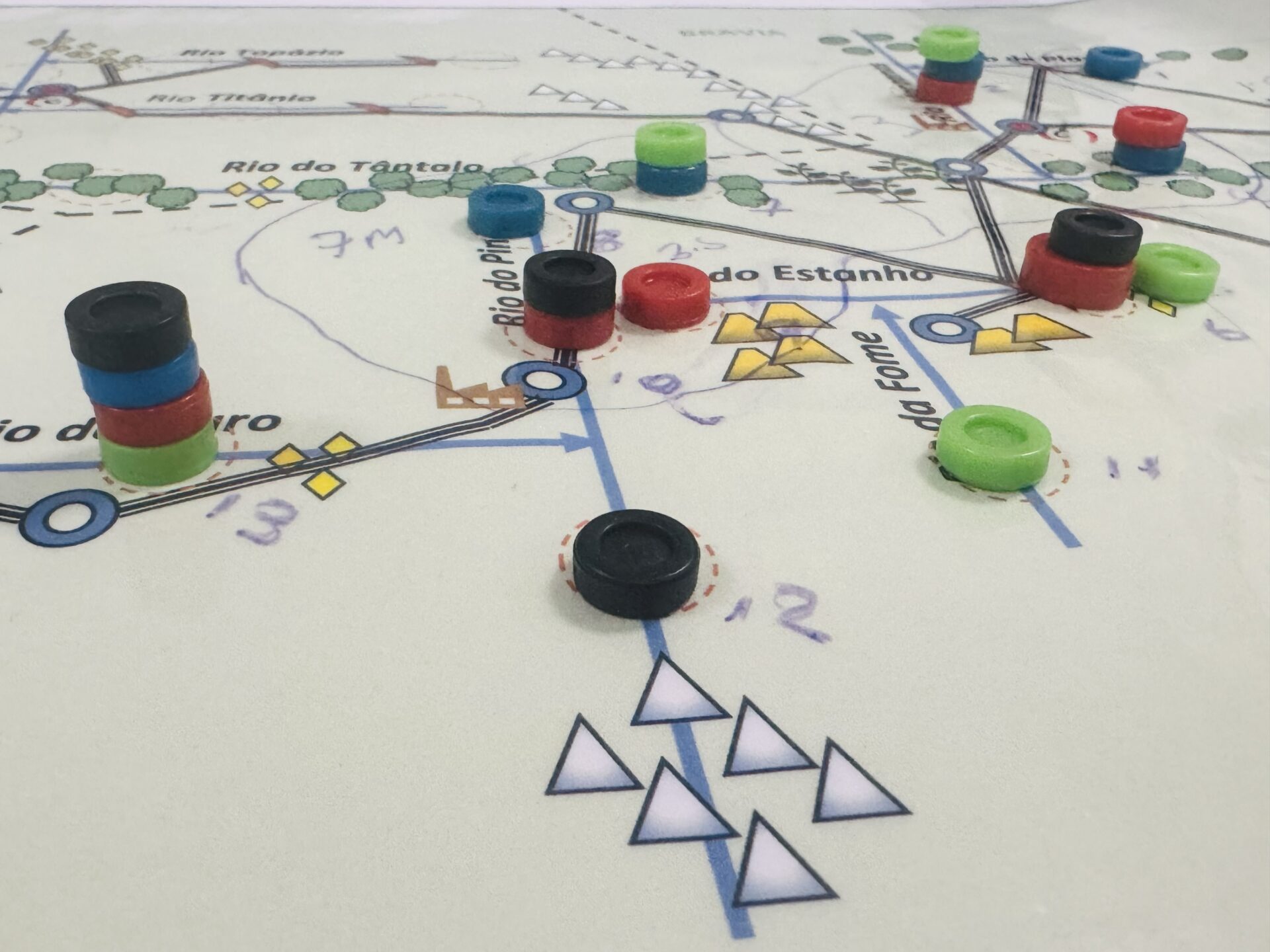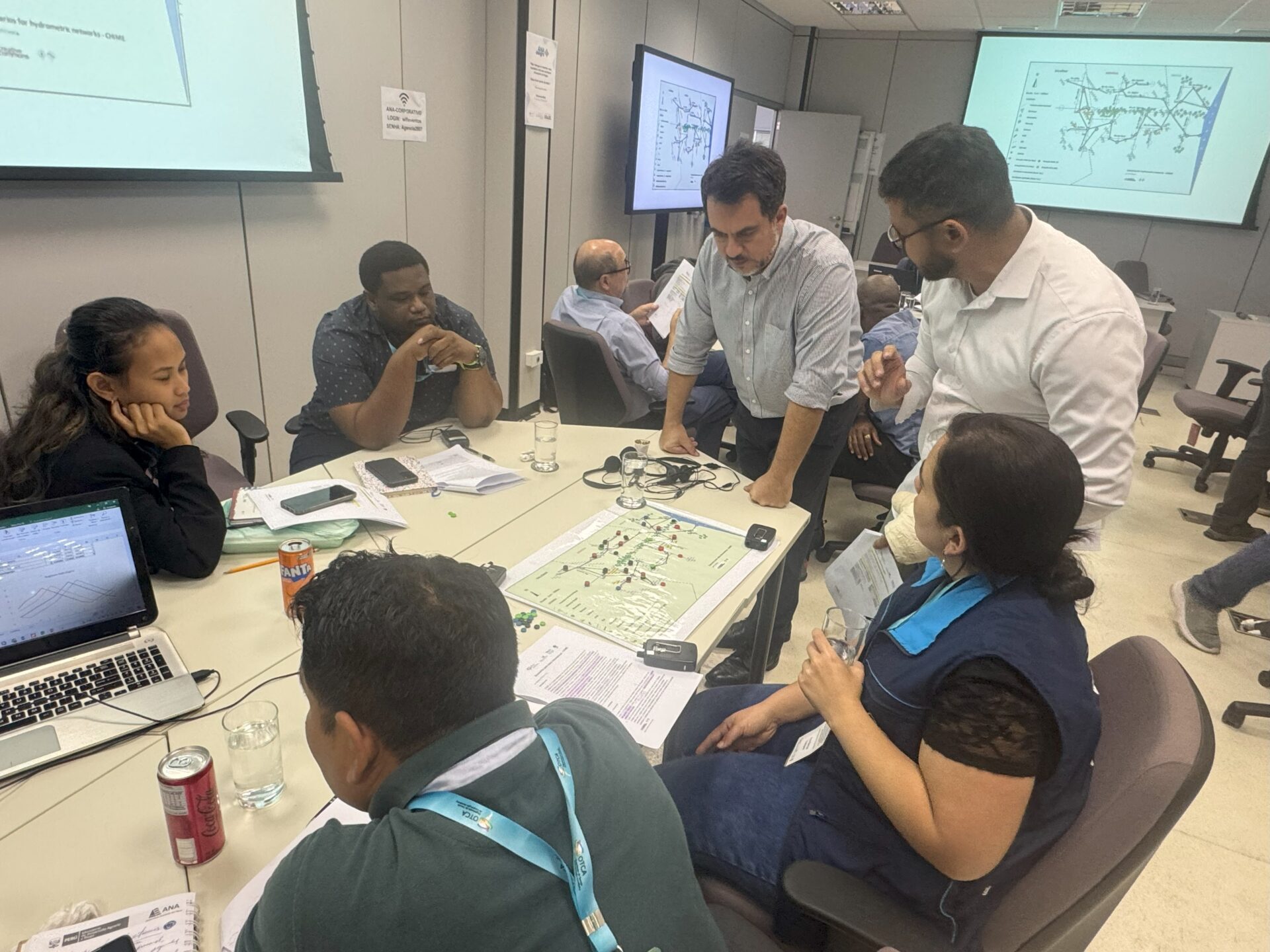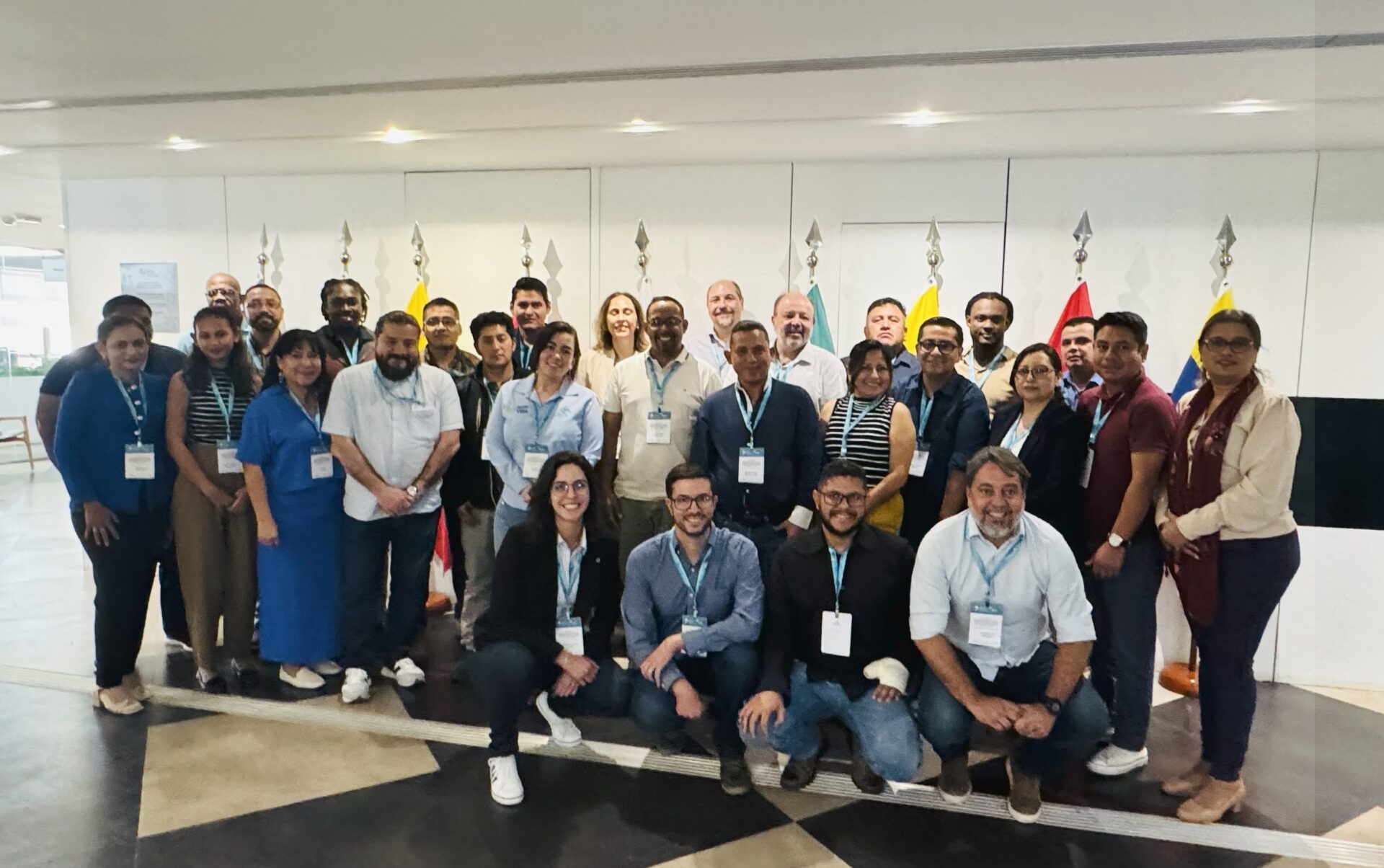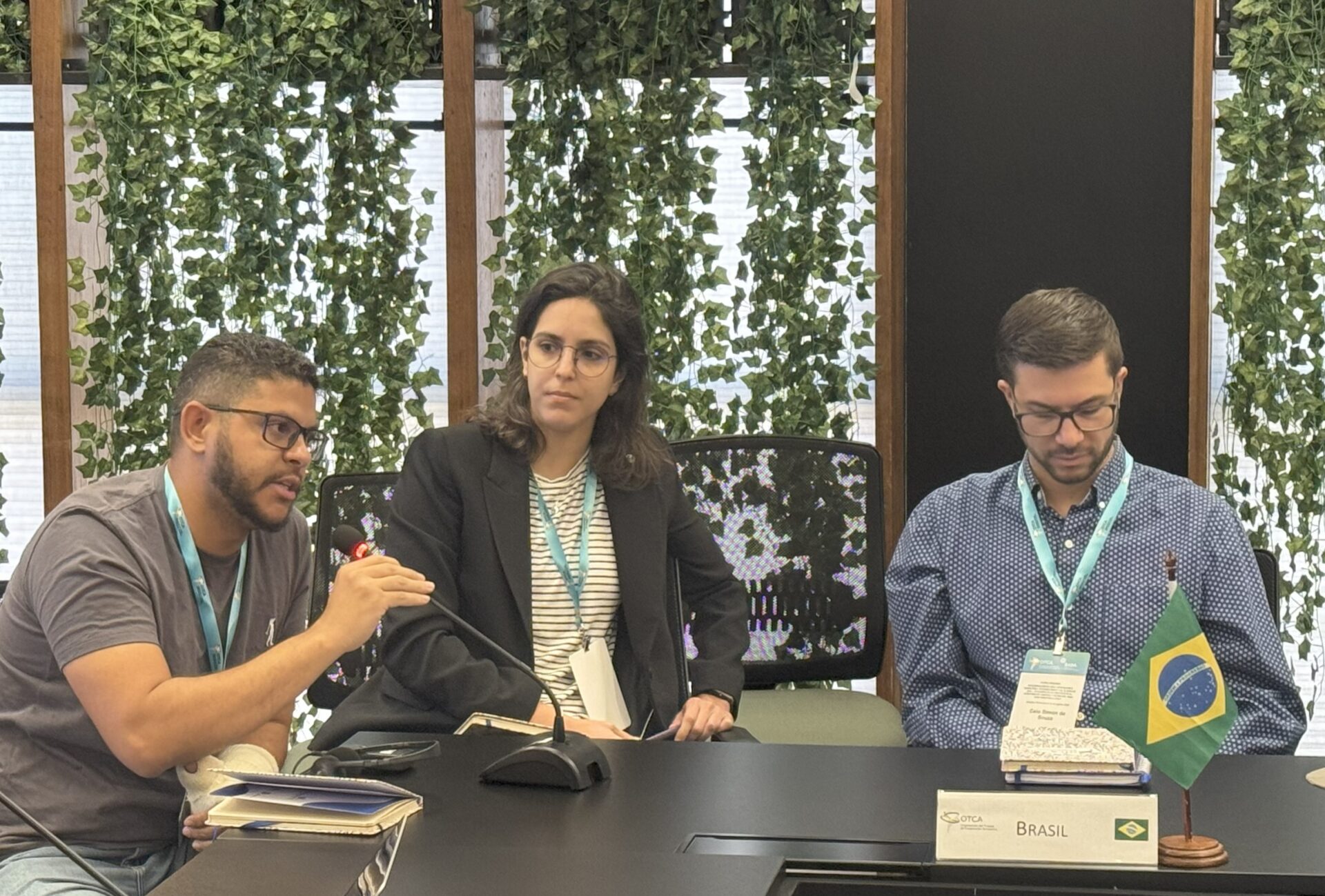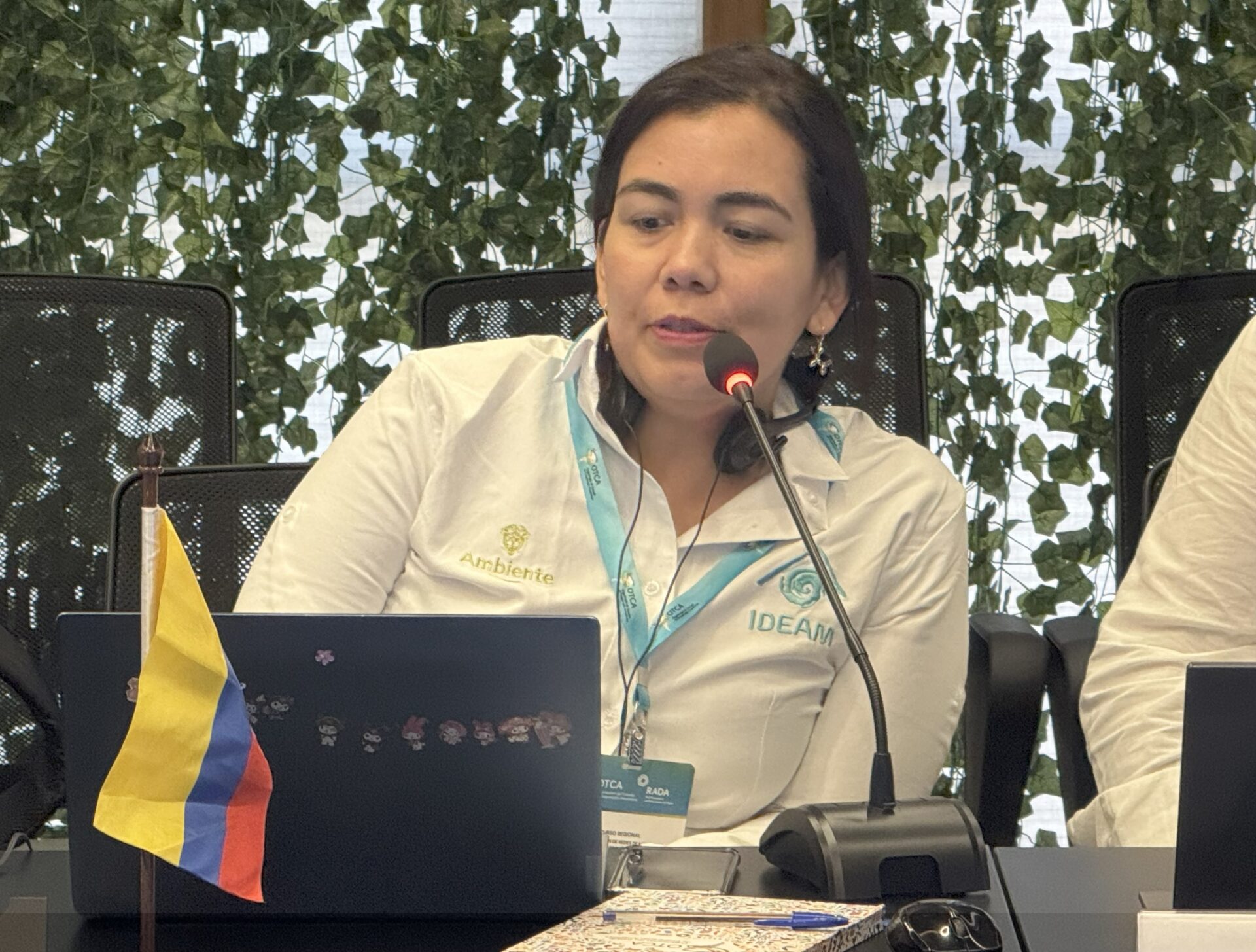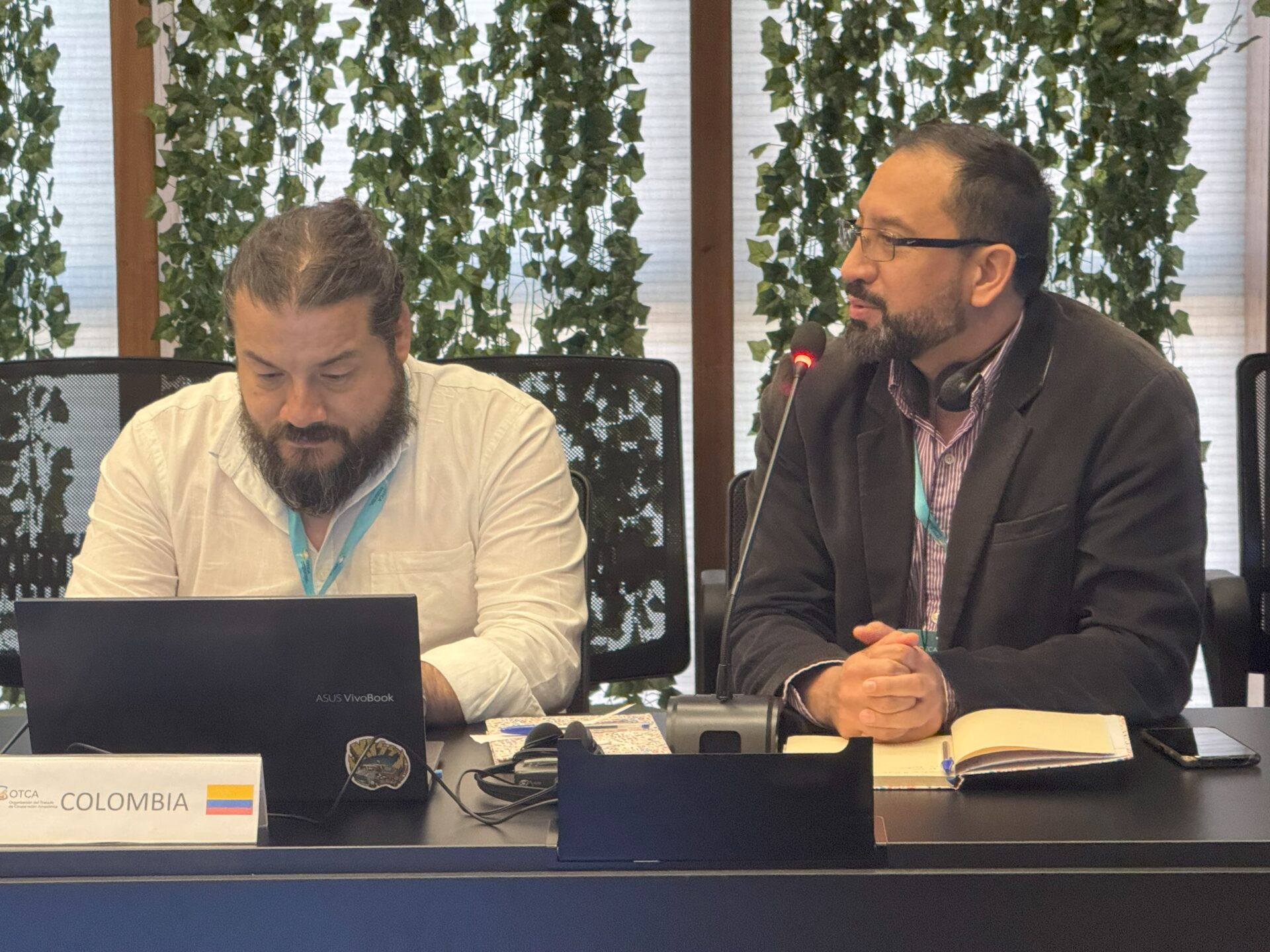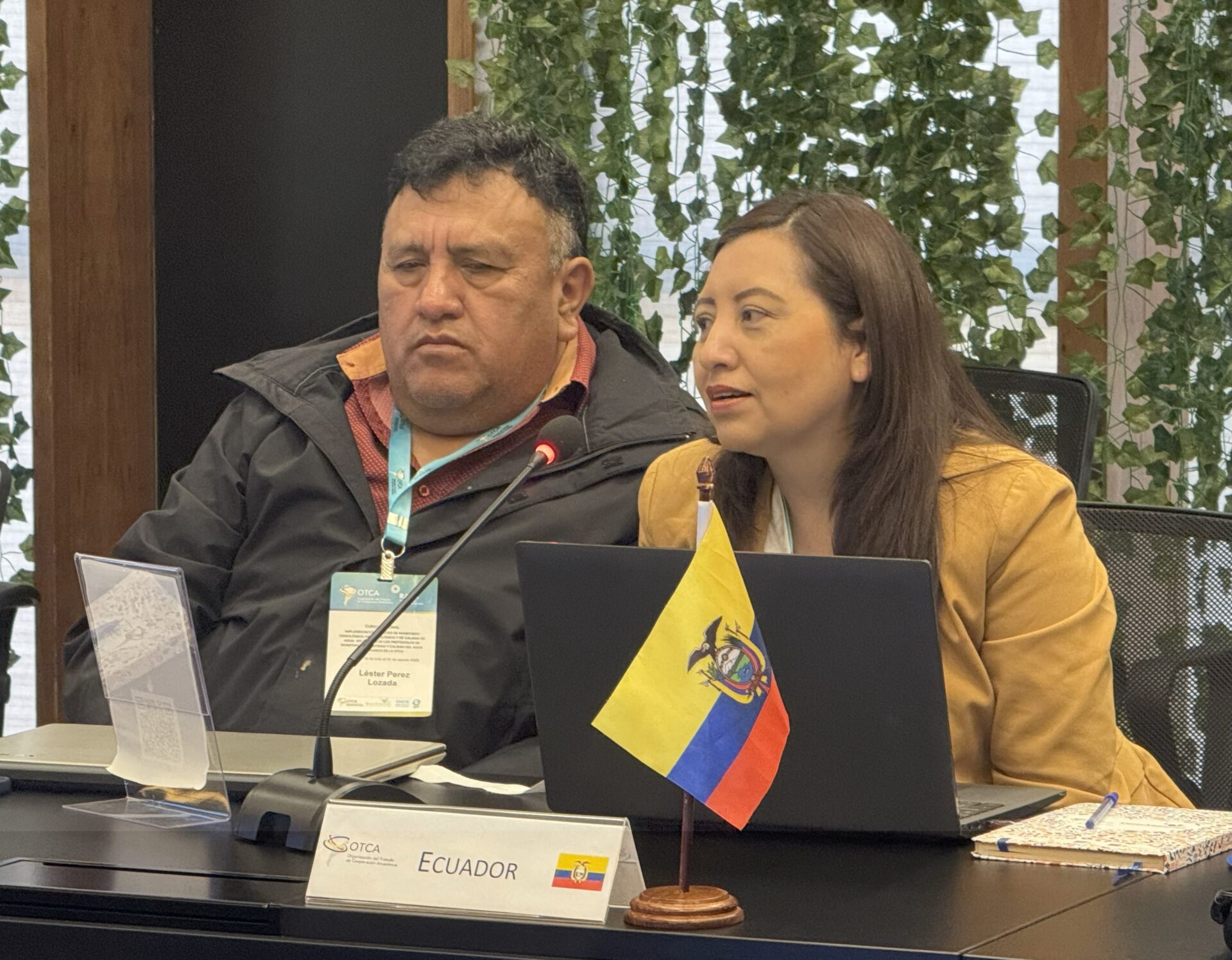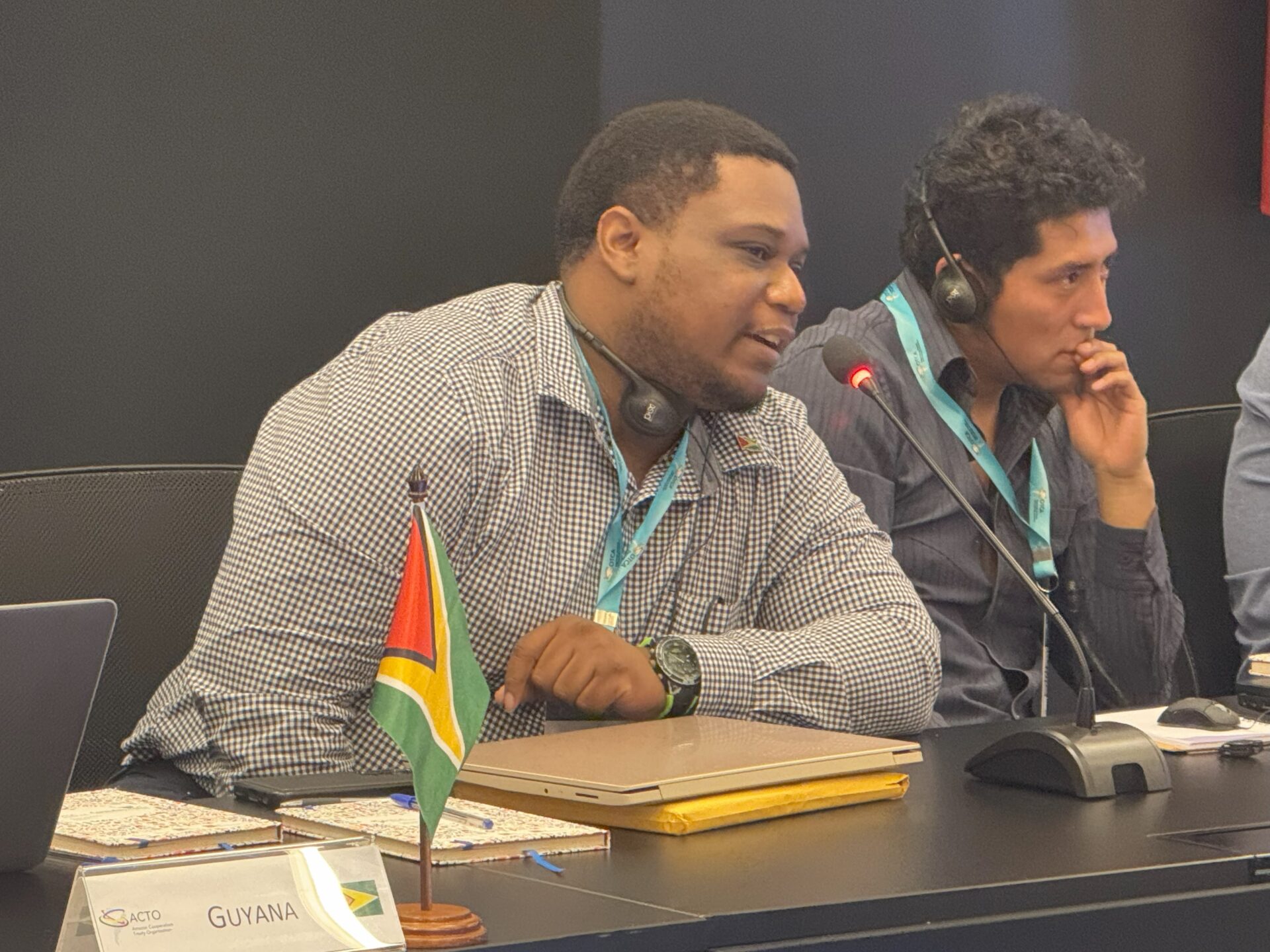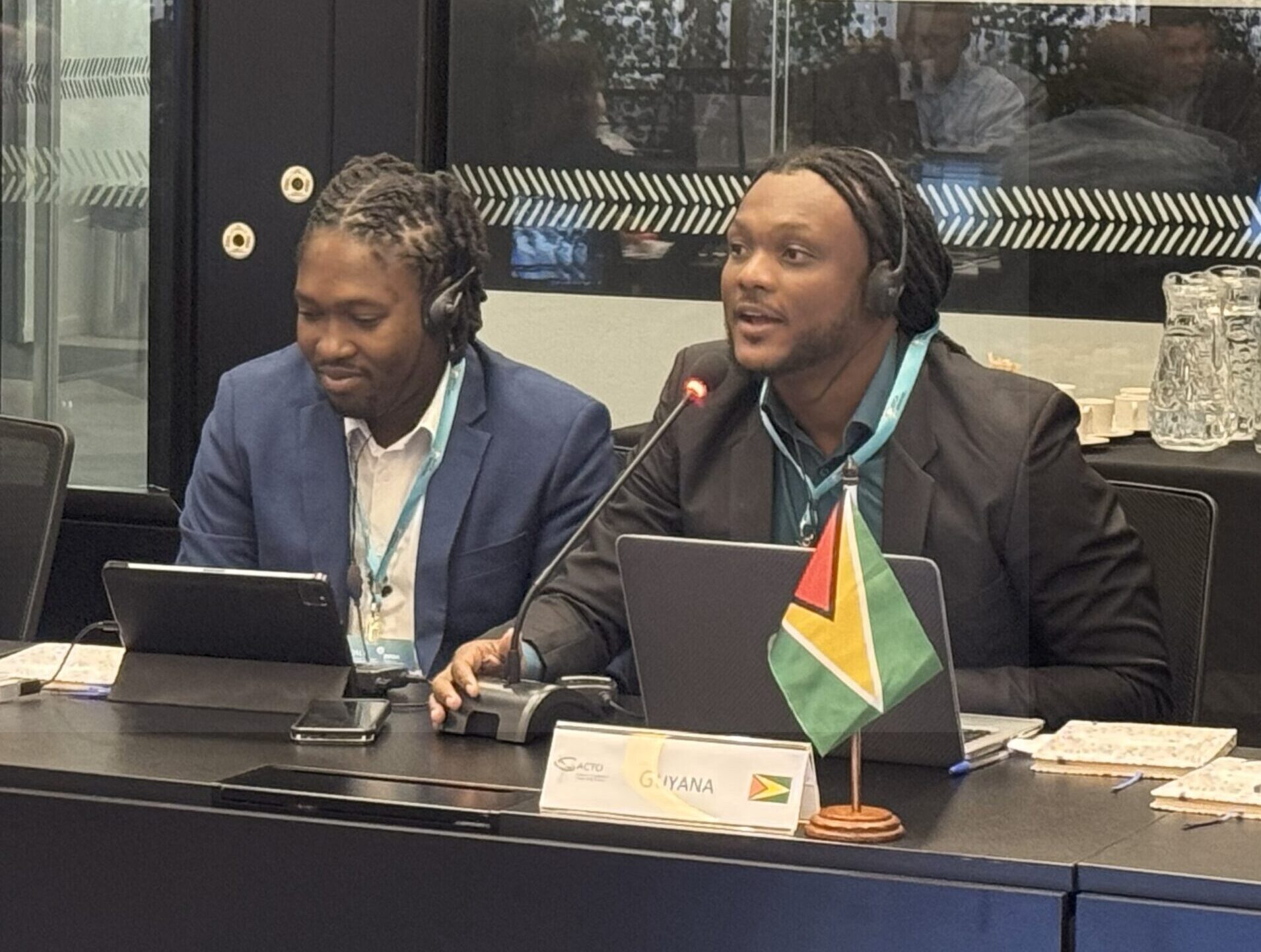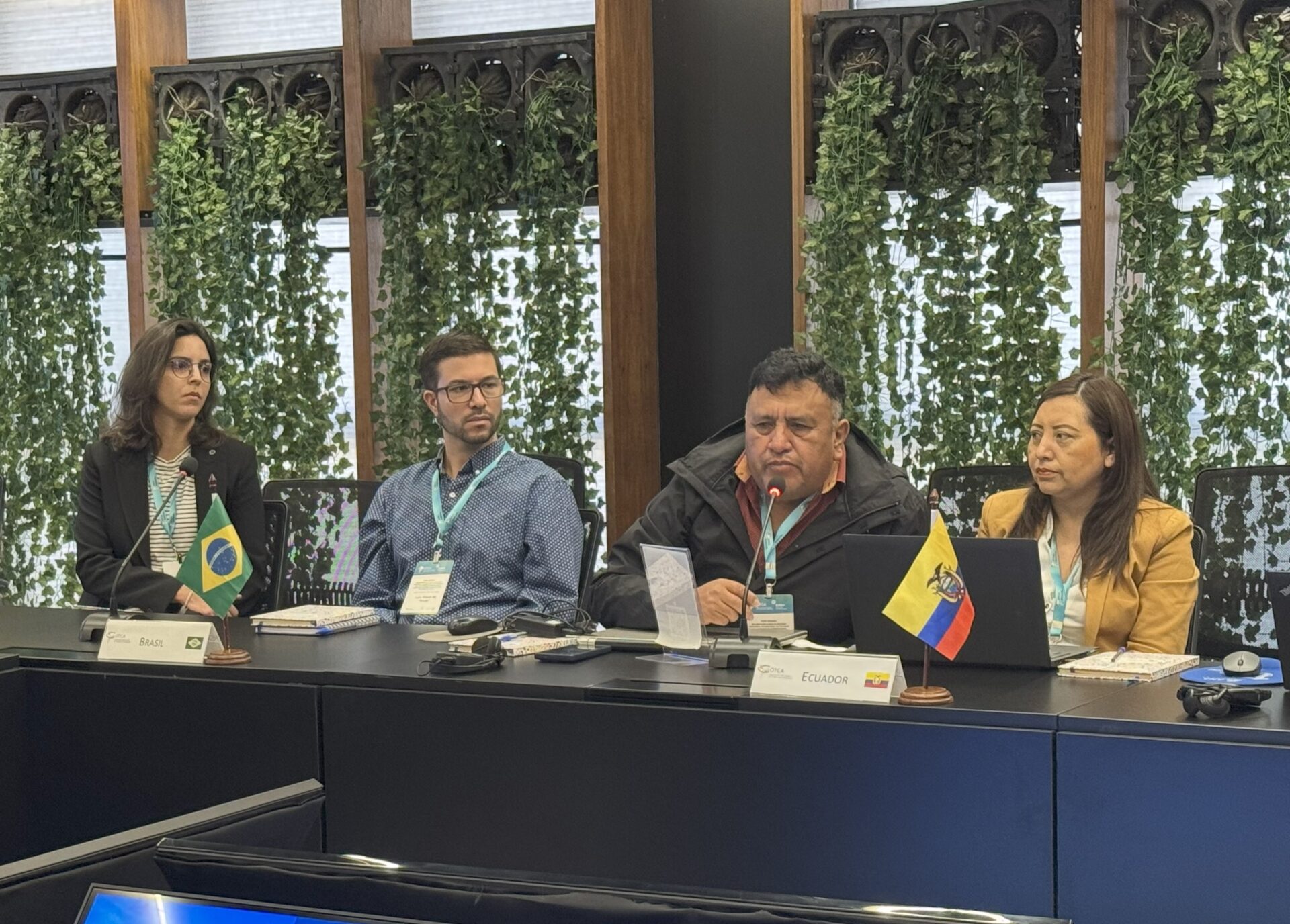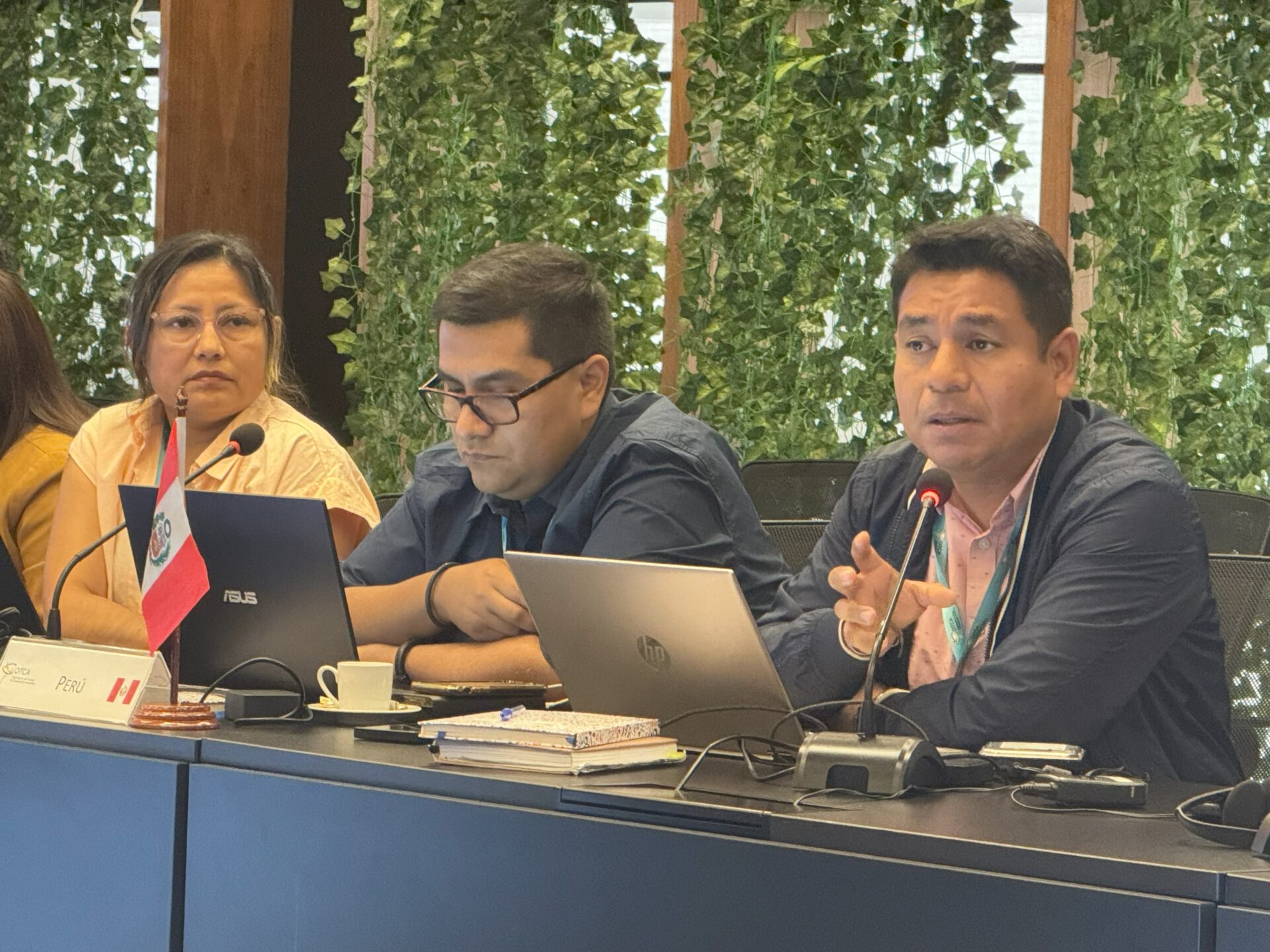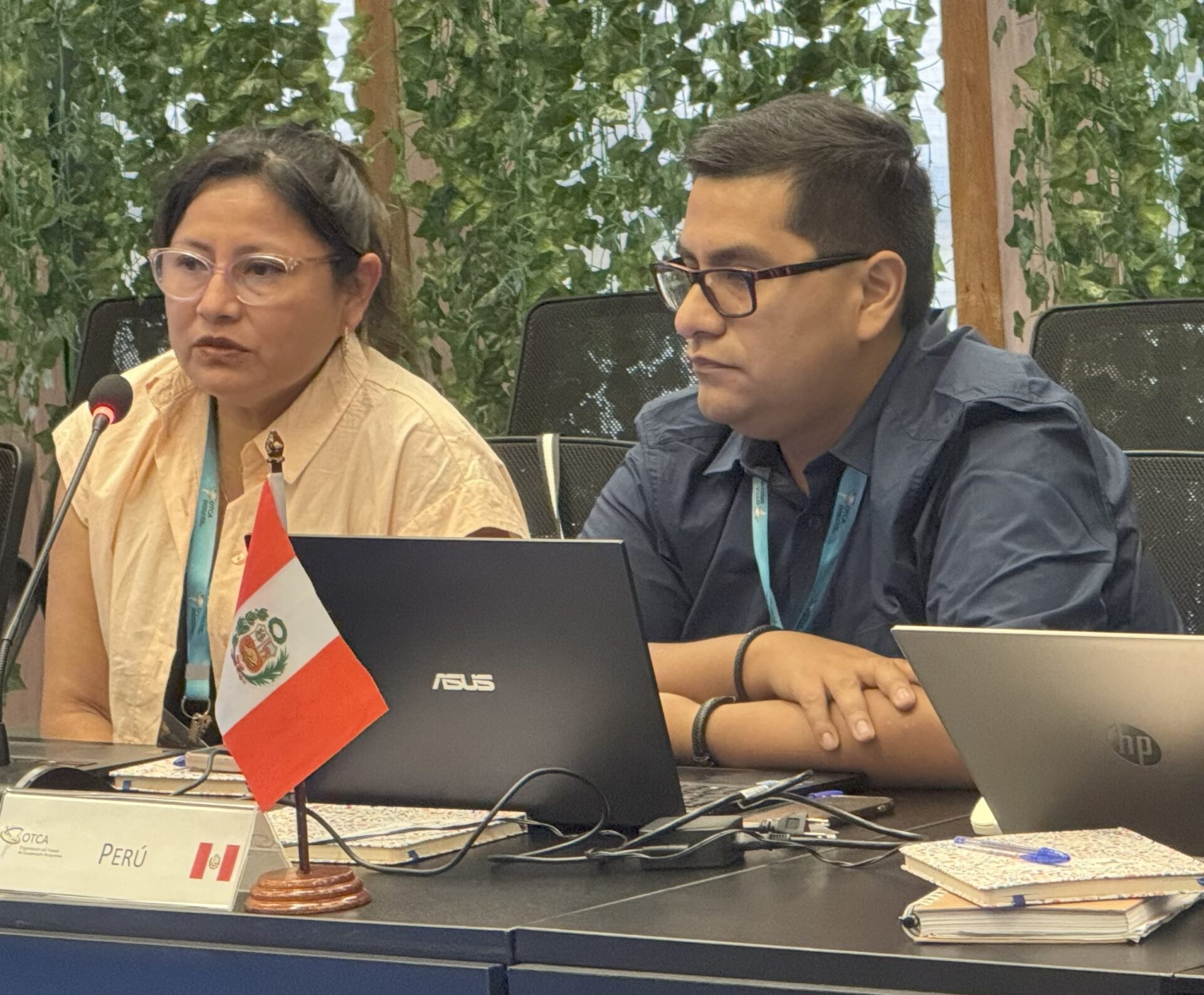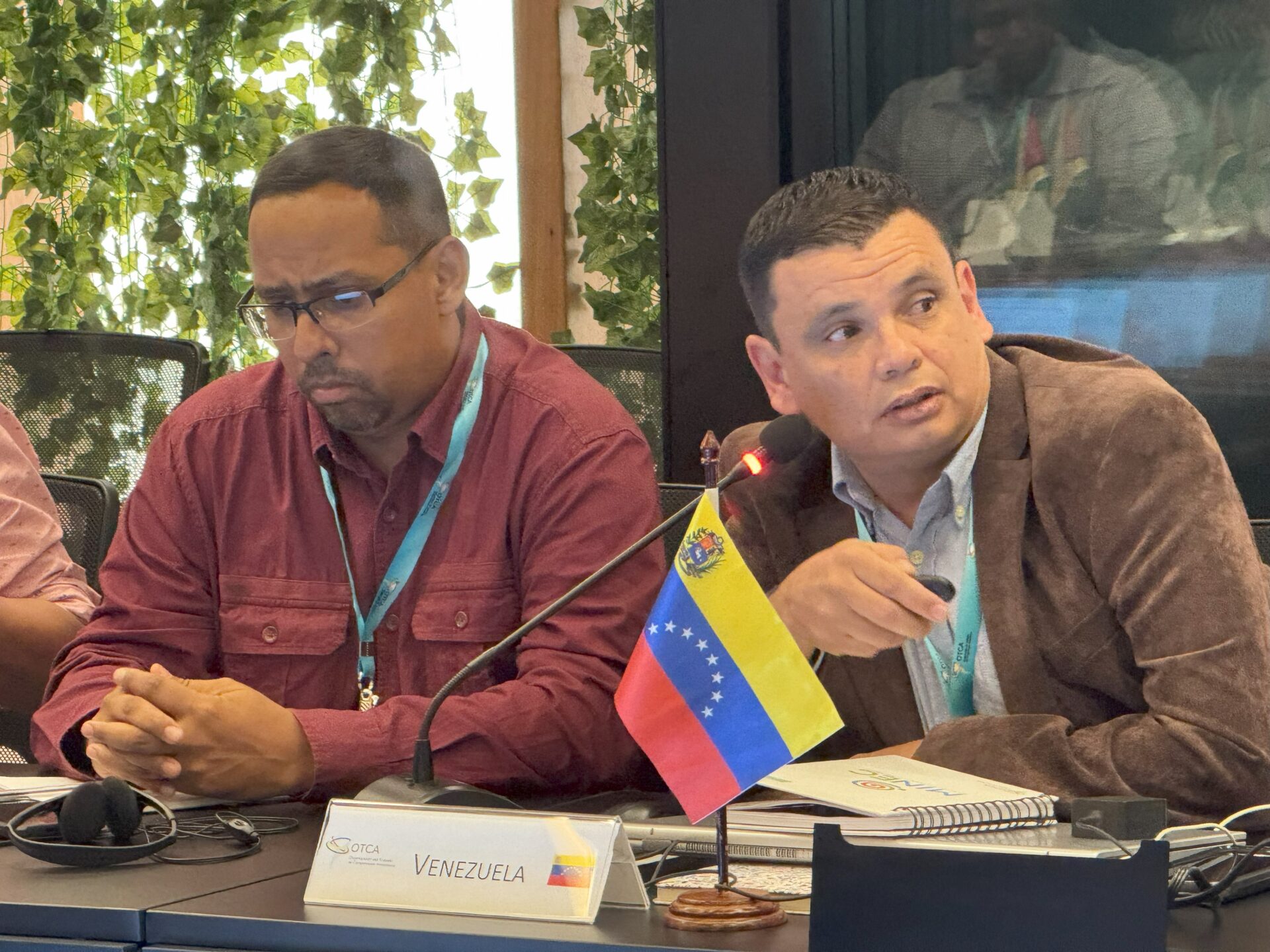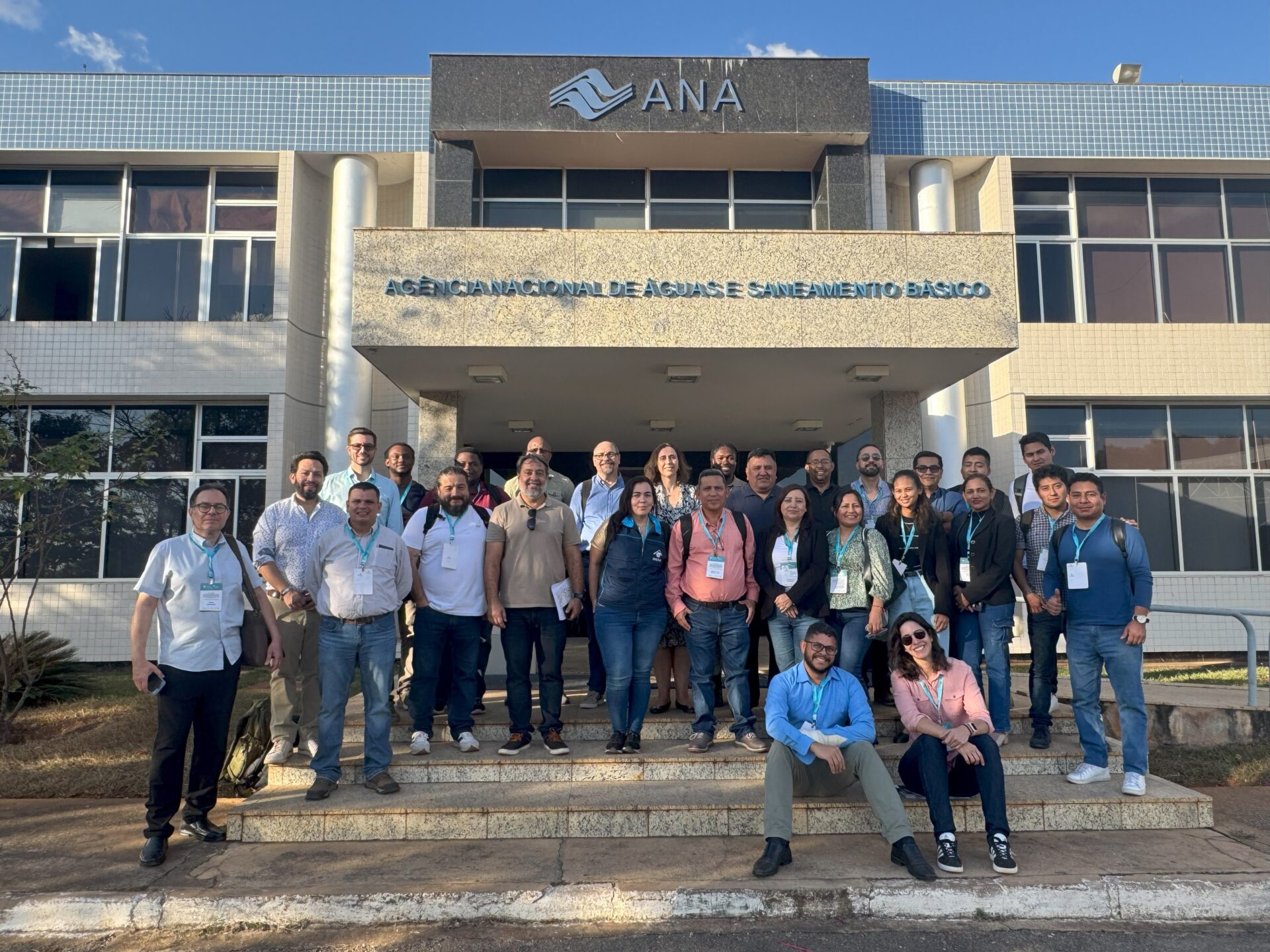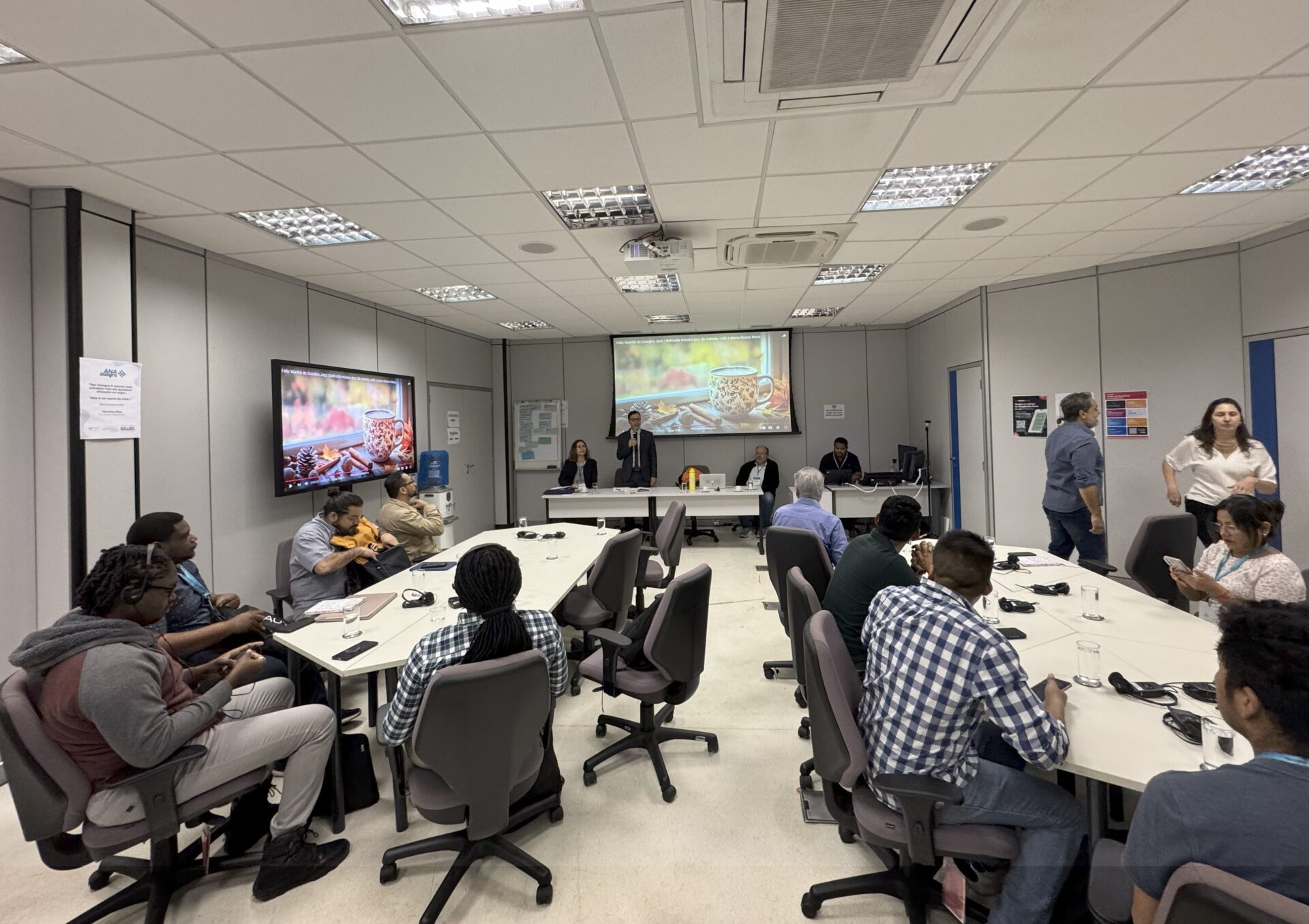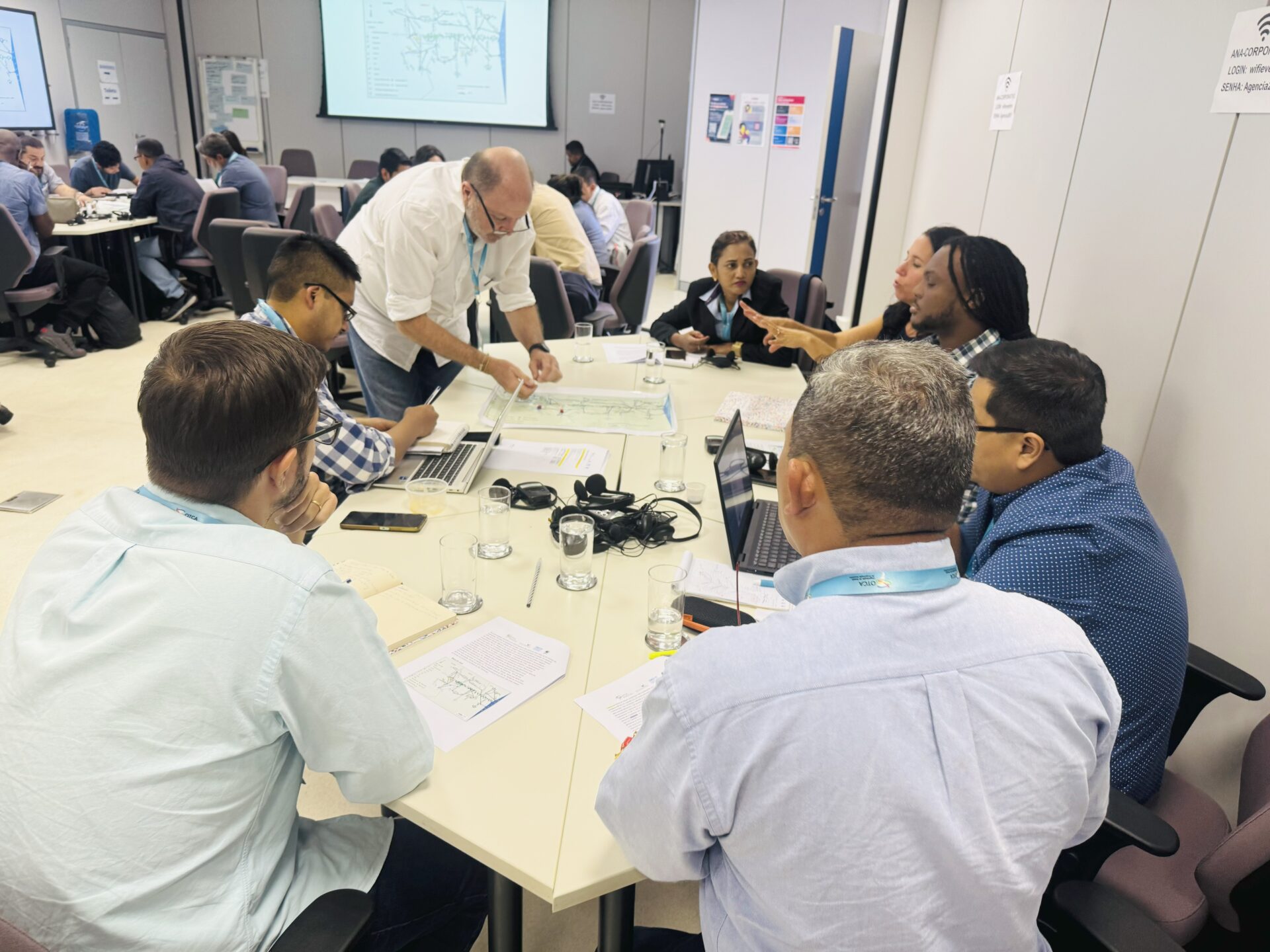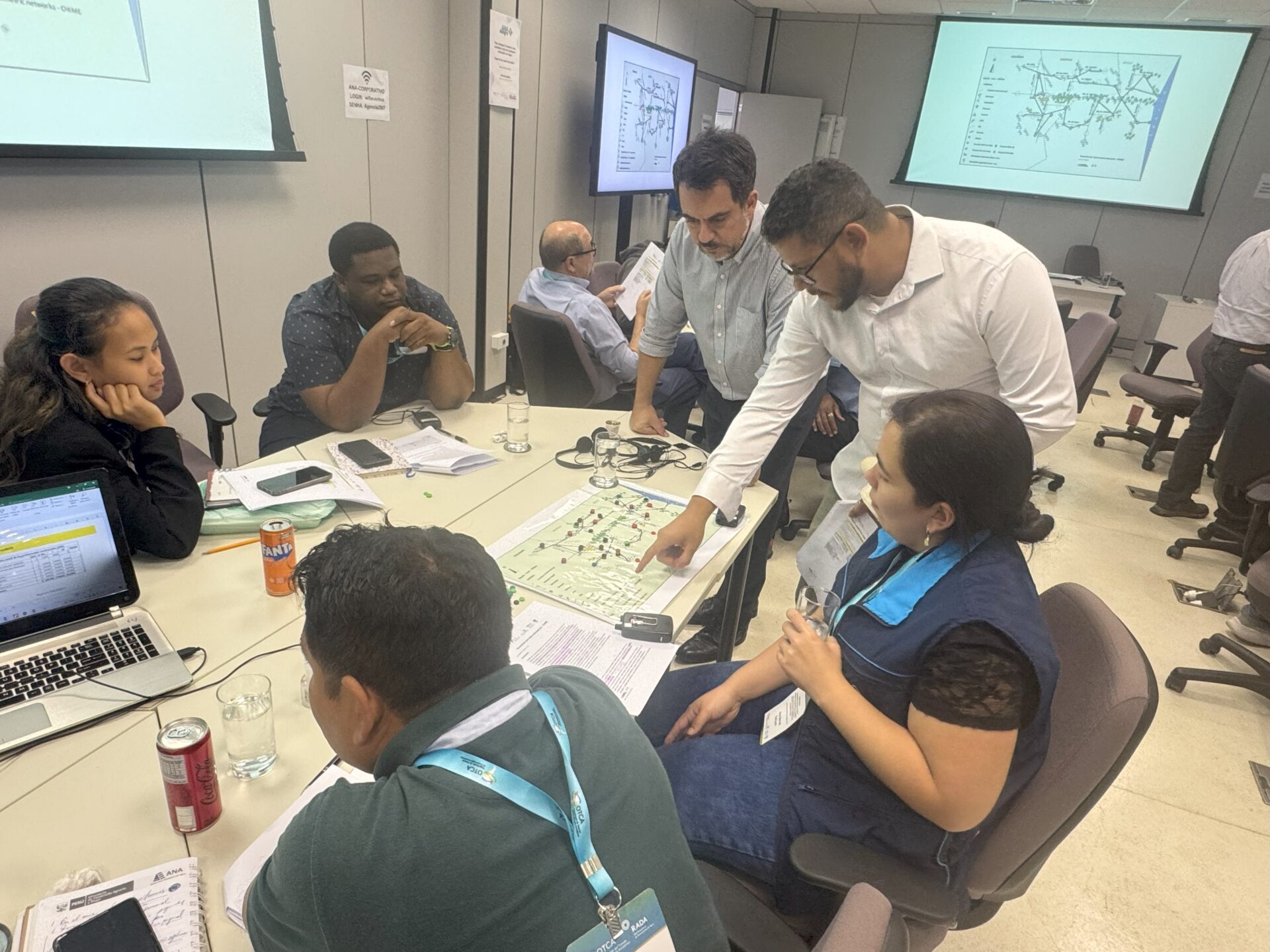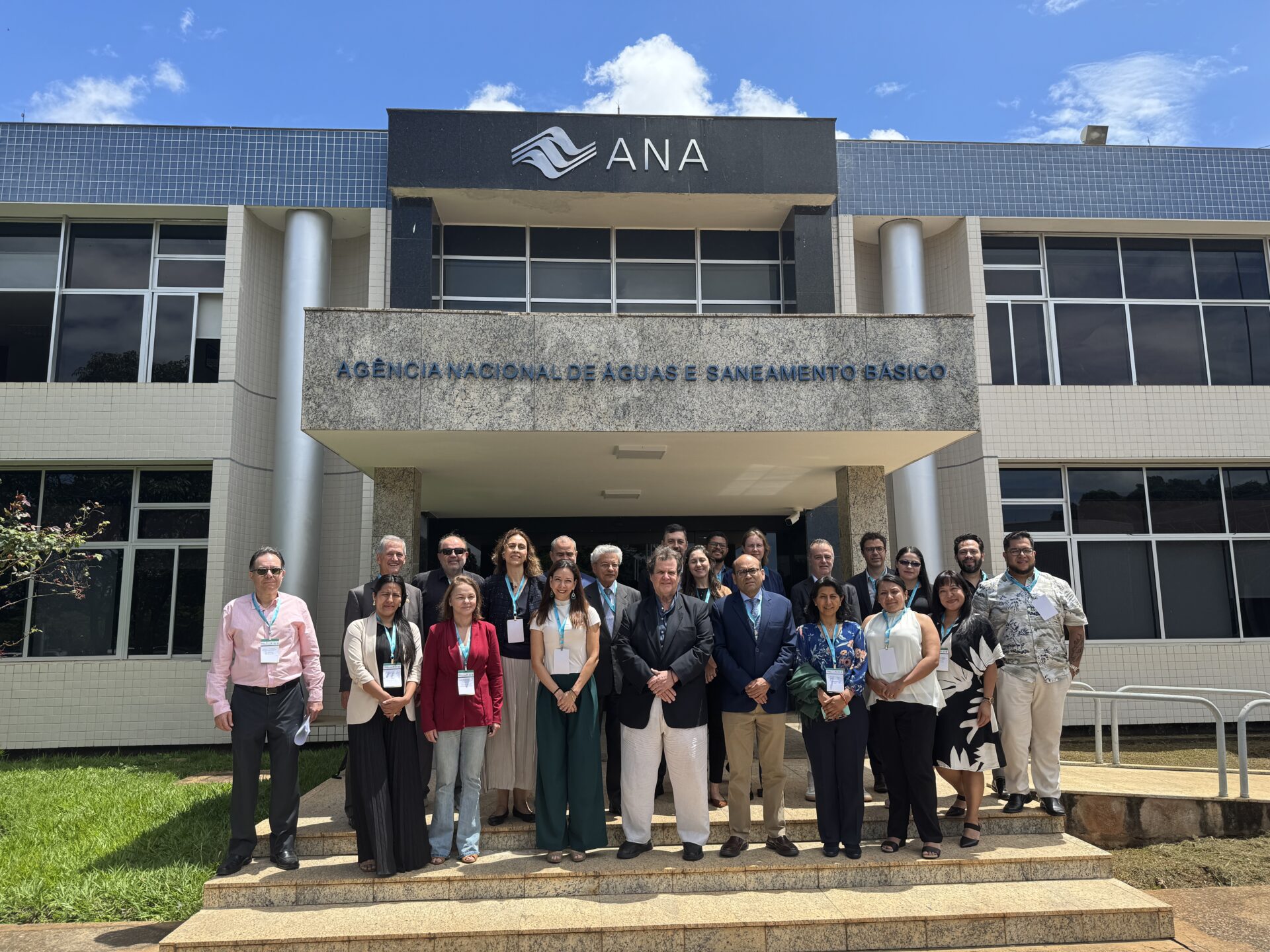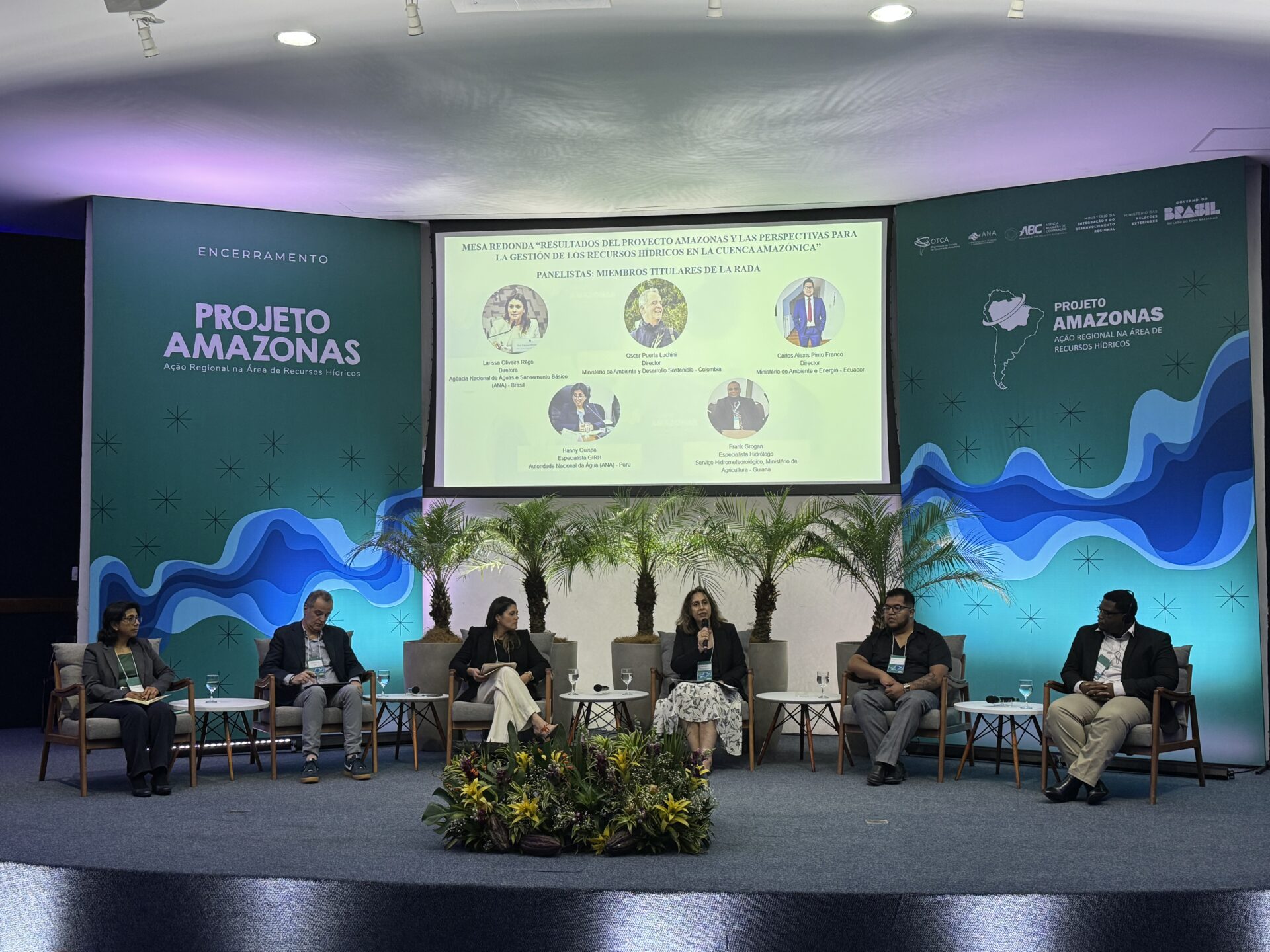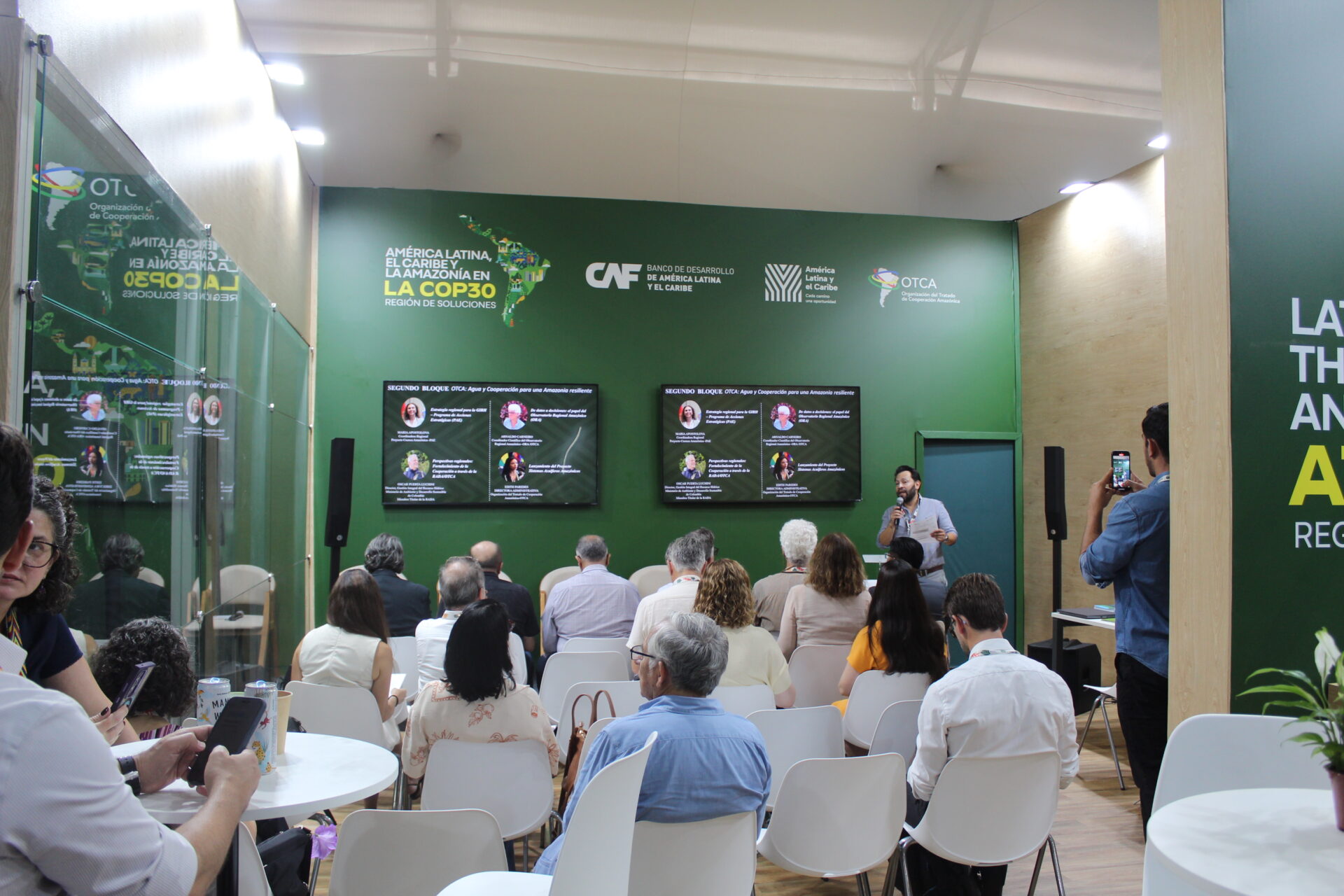Index
Topics
Amazon Basin, Amazon Basin Project, Amazon Cooperation Treaty Organization (ACTO), Amazonian Network of Water Authorities (RADA), AmazonNetwork of Water Authorities (RADA), Cooperação hídrica, Cuenca Amazónica, Integrated Water Resource Management (IWRM), Protocolos de Monitoreo; Monitoreo Hidrológico, Proyecto Cuenca Amazónica, Regional Monitoring Protocols, Strategic Actions Program (SAP), Water cooperation
Share
The Regional Monitoring Protocols, approved by the Amazon Water Authorities Network (RADA) in April this year, are coming to life thanks to the commitment of the Member Countries of the Amazon Cooperation Treaty Organization (ACTO) and the technical leadership of their teams of experts. With support from the Amazon Basin Project, RADA held a technical training session in Brasilia from July 29 to August 1, which represented a milestone in the process of implementing the four regional protocols for monitoring the quality and quantity of water resources in the Amazon Basin. The initiative also constituted an important step toward the development of the Integrated Regional Information Platform on Water Resources Management (IWRM) in the Amazon Basin.
During the four days of the Regional Course on the Implementation of Hydrological, Meteorological, and Water Quality Monitoring Networks in the Amazon Basin, hydrology and meteorology experts from the eight Amazon countries, gathered at the headquarters of ACTO and the National Water and Basic Sanitation Agency (ANA), improved their understanding of the protocols, shared experiences, identified synergies, and sought to reflect on common and practical ways to integrate the monitoring of Amazonian waters.
“The training was designed to provide participants with a concrete view of the importance of IWRM in the Amazon Basin, as defined in the Strategic Action Program (PAE). We seek to promote a strategic understanding of the relevance of information and data exchange in the construction of regional scenarios and the analysis of hydrological trends—such as variations in flow, river levels, and the occurrence of droughts or floods. And we achieved this goal with a high level of participation, technical involvement, and collaboration between countries,” said Naziano Filizola, specialist consultant in monitoring for the Amazon Basin Project and course coordinator.
Technical knowledge and regional integration
Through technical presentations and practical exercises in co-constructing shared water management, the course reinforced among participants the importance of combining and enhancing the technical capacities of Amazonian countries with a view to integrated monitoring of the Amazon Basin. Teams of experts from the countries presented their experiences in monitoring water quantity and quality, revealing different realities, common challenges, and highlighting broad possibilities for cooperation. This exchange also reinforced the relevance of the decision to adopt harmonized regional protocols to enable the production and use of compatible data—an essential basis for guiding joint actions and strengthening water management at the regional level.
The course program also included a presentation by the World Meteorological Organization (WMO) on the role of observation networks in strengthening water security, with a focus on the integration of national systems and the generation of reliable climate and hydrological data. A technical visit was also made to the Instrumentation Center of the National Water and Basic Sanitation Agency (ANA-Brazil), which presented technologies and procedures applied to the operation and calibration of monitoring equipment.
One of the moments most praised by participants was the practical simulation exercise in fictitious transboundary areas, which encouraged joint work and the resolution of technical and operational challenges inspired by real border contexts. This practical and integrated approach generated important reflections among participants:
“I learned that it is necessary to understand that we are one. We are not isolated—our countries are part of the same territory, the same system. Nature does not recognize political boundaries,” commented Jorge Gonzalez, a hydrologist at the Institute of Hydrology, Meteorology, and Environmental Studies (IDEAM—Colombia). He also highlighted the value of multidisciplinary work in building integrated monitoring strategies: “Monitoring needs to be built jointly, drawing on different areas of knowledge. Each profession has its own perspective, and it is essential to understand the objectives of each one so that the process can best meet the diverse demands of the region.”
For Jeaneth Cartagena, a water and sediment quality specialist at the National Institute of Meteorology and Hydrology (INAMHI) in Ecuador, the course represented an opportunity to broaden horizons and strengthen institutional performance: “It was very productive and enriching. We shared each country’s challenges and strengths in water monitoring. I am taking with me knowledge that can be applied in my country to contribute to regional monitoring. It is a great incentive to know that the data will be shared to support the conservation of the Amazon Basin as a whole.“
Nilton Fuertes, a hydrologist with the National Meteorology and Hydrology Service of Peru, highlighted the potential of the group formed during the course: ”It was very important to meet colleagues from other countries and understand how they work. They are different realities, with different methods, but they can complement each other. The most important thing is that we were able to find a common way of working toward a single goal: caring for the Amazon Basin.“
Silvia Tamayo, Operations and Maintenance Coordinator at the National Water Authority of Peru, reinforced the idea of knowledge sharing and cooperation as the basis for technical advancement: ”What we are learning now will be replicated in our countries. It cannot remain only with us. We will share it with our colleagues so that knowledge circulates and strengthens our capacity to do better and more integrated science.”
Towards the creation of a Regional Monitoring Group
During the Regional Course, participants worked on the development of Terms of Reference (ToR) that will guide the functioning of the Regional Monitoring Group—a technical body that will be composed of national institutions responsible for hydrological and water quality services in Amazonian countries.
The future creation of the group represents a strategic step towards strengthening regional technical coordination, supporting the consolidation of water quality and quantity monitoring networks, and promoting the implementation of Regional Monitoring Protocols within the framework of RADA.
Boost to the Regional IWRM Platform
According to Naziano Filizola, the technical training held in Brasilia contributed to broadening the collective understanding of the strategic value of the Integrated Regional Information Platform on Integrated Water Resources Management (IWRM) in the Amazon Basin and the need to strengthen the technical participation of countries in the process of its progressive construction, already underway under his coordination.
In addition to expanding access to reliable regional data, the platform will enable the generation of strategic hydrological scenarios, such as water balances and trends in flow, droughts, and floods in the Amazon Basin. Based on data provided by countries through the future Integrated Water Resources Monitoring System, it will be possible to produce regional indicators for decision-making, conservation of aquatic ecosystems, and compliance with international agreements.
“If today we have global information on the world’s rivers, such as that published by the WMO, we also need to build more accurate knowledge about the Amazon Basin. Knowing the state of the rivers in our region is essential to guide decisions, support communities, improve management, and increase resilience—especially in the face of climate change,” added Naziano.
Related news
Post
17 de December de 2025
On December 11, the Amazon Basin Project (ACTA/UNEP/GEF) held a Seminar on the Exchange of Cooperation Experiences for the Management [...]
Post
16 de December de 2025
The roundtable discussion “Results of the Amazon Project and Prospects for Water Resource Management in the Amazon Basin” was held [...]
Post
28 de November de 2025
Water is the central element through which most of the impacts of climate change manifest themselves: more intense droughts, extreme [...]

